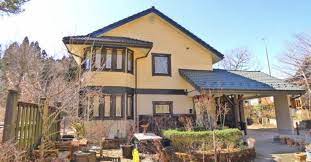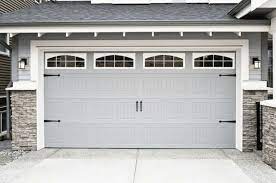Japan’s design landscaping is really a fabric coloured using a diversified selection of models, each showing an original combination of practice, advancement, and performance. At the heart of the landscape rest the houses of Japan, showcasing a wealthy tapestry of types that captivate using their appearance and purposeful design.
Conventional Japanese design, recognized for the equilibrium with nature and meticulous workmanship, is exemplified in houses just like the “minka.” These rustic yet sophisticated residences frequently attribute solid wood frameworks, tatami pad floors, and sliding doors (fusuma and shoji) that seamlessly incorporate indoor and outdoor places. The focus on organic components and an open up design symbolizes a deep respect for the environment.
In compare, modern day japan real estate take hold of innovation without diminishing on social essence. Contemporary designers typically blend minimalist styles with technological developments. Clean facial lines, open places, and an infusion of sunlight characterize a number of these homes. “Machiya” townhomes, popular in places like Kyoto, blend ancient allure with modern day facilities, showcasing adaptability to changing life-style.
Probably the most interesting facets of Japanese structure is its ability to conform to diversified scenery. In rural regions, houses are made to endure organic factors such as hefty snowfall or seismic actions. For example, “Gassho-zukuri” houses in Shirakawa-go and Gifu Prefecture feature steep thatched roofing, designed to get rid of snowfall efficiently while keeping warmth on the inside.
Additionally, the concept of “wabi-sabi” permeates Japanese design viewpoint, remembering imperfection and transience. This basic principle is often demonstrated in houses with the use of weathered resources that era beautifully, cultivating a feeling of attractiveness in impermanence.
Japanese houses usually are not merely constructions they embody a lifestyle deeply rooted in traditions and usefulness. The integration of moving doorways, engawa (verandas), and shoji displays permits adaptable living areas that enhance with all the shifting conditions and requires of occupants.
Checking out Japanese architecture can be a trip through time as well as customs, exactly where old cultures harmonize with modern inventions. The distinctiveness of such houses is placed not only in their looks but in their embodiment of Japan’s ethos—a seamless blend of prior and present, traditions and development, performance, and cosmetic appeal. They remain as testaments to the country’s unique historical past and long lasting creativeness, welcoming us to appreciate the beauty in simpleness and purposeful design.


